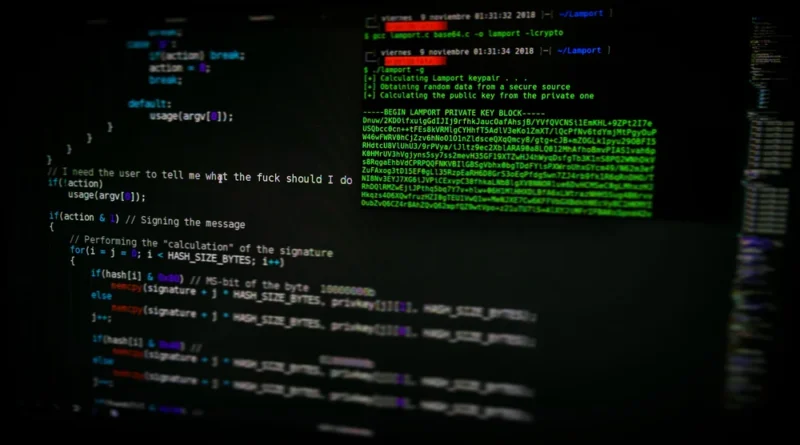How does Phishing Work?
Phishing, like fishing, involves dangling an allure in front of a victim in the hopes that they would respond by divulging private information. Keep reading to get the lowdown on this tricky online scam and how to avoid falling for it.
Phishing: What Is It?
Online phishing occurs when a con artist sends a potential victim an email, phone call, or text message that seems like it came from a reliable source. The letter might ask for anything from banking details to credit card numbers to login credentials, but it always ends by wanting the recipient to hand over sensitive personal information. Scammers can use this data to commit identity theft, transfer funds out of bank accounts, or any number of other crimes.
What’s the Deal with the Name “Phishing”?
America Online (AOL) was incredibly popular in the 1990s, and some shady characters realised they could make money by stealing and reselling AOL user names and passwords. These cybercriminals would “fish” for these credentials by sending out emails that seemed to be from legitimate banking institutions.
The email would give a false excuse for re-entering the recipient’s login credentials, including a password. Although most individuals wouldn’t be fooled by this trick, some might take the “pitch.” This led to the practice of “fishing” for user credentials. Since “phone phreaking” was the original method of hacking, the term “phishing” is a nod to that era.
Is There a Way to Identify a Phishing Email?
It might be hard to discern the difference between a legitimate email and one that is trying to phish for your password in today’s world. Take notice of the telltale symptoms of a fraudulent email before you click on anything.
This deal seems too good to be true
Emails claiming you’ve won a global cruise are floating around. Keep in mind that the goal is to make you feel so happy that you lose control of your judgement.
The urgency with which the message attempts to have you respond is apparent
It is common for phishers to use scarcity tactics, such as a limited time to respond or a restricted supply of the desirable item, in an effort to scare you into taking immediate action. Again, the goal is to make you feel something strong enough to take action without first analysing the message logically.
The “traps” in hyperlinks
That’s what it signifies when a link’s origin and target don’t match up. Examine the complete URL before you click any link. Why doesn’t the link go to the Google domain if the message purports to be from the search engine giant? Alternatively, why is “Google” misspelt?
Infected attachments: Phishing emails frequently distribute malware via infected attachments. Be wary of anything sent to you by someone you don’t know, especially if the file extension is EXE, DOCM, JAR, or anything else you don’t usually encounter. Put simply: don’t open it if you have any doubts about its validity.
Also Read: What is Commodity Hardware?
Do the Laws Prohibit Phishing?
Unquestionably so! Any real-world activity taken with the goal to deceive another person for the purpose of monetary or personal advantage constitutes fraud. That’s how things work on the internet too. Sending an email that seems like it came from a trusted sender but is actually an attempt to steal personal information is considered fraud.
To what extent can I safeguard myself against phishing attacks?
In order to avoid falling victim to phishing, you can take these precautions:
Utilize anti-SPAM software
These are effective in determining whether or not a communication is suspicious. It’s possible, though, that they’ll filter out emails from perfectly genuine senders on occasion.
Maintain a wholesome and secure online presence.
You may restrict your browser to load only approved sites by adding a whitelist.
Use strong passwords to protect your information.
Pick complex passwords, switch them up frequently, and don’t reuse them across other sites.
It’s best to exercise general cyber safety precautions.
Before handing up your login information, be sure you’re dealing with a reputable organisation by calling the number shown on the request.
Phishing schemes may be avoided even more effectively by large enterprises that adopt these precautions. They can utilise AI to analyse data for patterns, simulate phishing attacks, and roll out a wide range of protections. With DNS and IP history tools, for instance, they may see if any of their IPs have previously been associated with malicious sites. As an added security measure, they may monitor new domain and DNS registrations and immediately shut down any malicious links they uncover.




